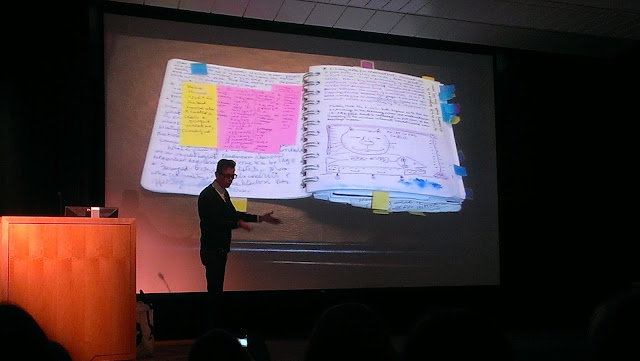For one, I don't use the colored, leveled-book system of reading in my classroom. I group my students according to their reading level and skill-based needs. For instance, I might have a group of students working prediction strategies that span across three grade-levels of reading. While students still read independently with books on their reading level, we use a common book in the prediction group to highlight the strategy and develop a skill set that works on any reading level.
That certainly wasn't the case when I was a second grader. We all read from a dusty file cabinet of readers, leveled by colors such as goldenrod or turquoise. When you read all the books in one level, you took a test and moved on to the next. The books became either harder by length or vocabulary, and you just kept moving up. No small groups or strategy-based instruction. Nope, just read the book, sound out the words, tell me three things that happened, and you're movin' on up!
Don't get me wrong, I really liked the colored-system as a second grader. My little seven-year-old brain loved the idea of moving higher and higher up the reading program. Yes, I'm a goldenrod now, I'd whisper to myself as Bob pulled open a dingy file folder in our classroom. What was it that I liked so much about the system? Honestly, I really enjoyed comparing myself to others, which is not at all uncommon for seven and eight-year-olds. No one told me that I needed to be the best--it was just a part of my developmental stage. I thought that if I got to "goldenrod" before any other second grader--and there were only 7 of us--then I'd have proof that I was the best. Being "the best" was really important to me; it was pretty much the motivating factor of my second grade year.
Some of that competition is good. There was only one other second grade girl in our 2/3 class--Amelia. She was, by all measures and standards, incredibly bright. I challenged myself to "beat her" on a daily basis, whether it was flipping on the playground bars better than her or making my handwriting neater than hers. I think that type of competition is normal, healthy, and appropriate for a second grader. I mean, competition is a necessary and useful part of life. It's a great way to motivate, grow, and learn.
But this whole leveled reading system, it really affected the way I viewed myself and others in the classroom. I didn't understand what changed from one level to the next. If I was ahead of Amelia, I felt on top of the world. Other weeks, when she zoomed past me, I couldn't have felt lower. You see, I didn't understand how to get to the next color or what skills a reader needed to progress. How could anything as simple as a color define us as readers, anyway? There was so much beyond reading a longer, "harder" book that made me a better reader. What about learning to visualize, predict, use context clues, or question the text? I never knew about those elements until I was in college. I'm happy to report that those skills are all part of the reading curriculum in many schools now days.
I guess my whole point with that story is that sure, competition is good for second graders. Swinging on the monkey bars, racing on the playground, those are normal, necessary parts of second grade competition. But I will never let a reading system negatively influence how my students view themselves as readers. It's not about the number, the color, or the size of the book. I help my students understand that all strategies are available to them at any time. They don't have to "wait until they reach goldenrod" to feel accomplished as a reader. That's why I love mixing different reading levels to teach a new skill. It's fantastic to see students collaborating, learning from one another, and applying the same skill on multiple levels. There's no competition. In reading, EVERYONE WINS, ALWAYS.




